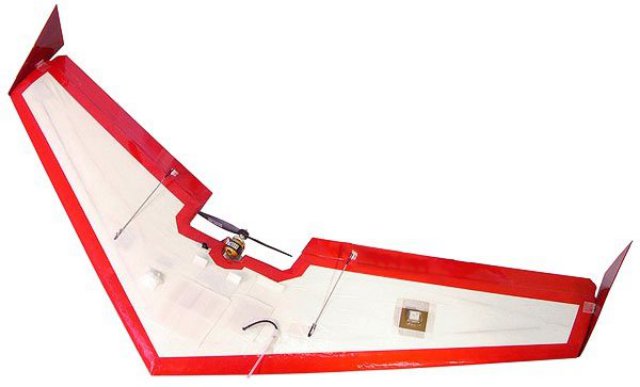 Researchers with Oregon State University believe new remote-controlled aircraft could help farmers better manage resources in the field, lowering their costs while increasing yield of high-value crops.
Researchers with Oregon State University believe new remote-controlled aircraft could help farmers better manage resources in the field, lowering their costs while increasing yield of high-value crops.
The university is leasing two small unmanned aircraft from Boeing Co. to fly over 50 acres of potato fields at the Hermiston Agricultural Research and Extension Center, as well as 1,000 acres at a private farm west of Boardman.
Equipped with cameras capable of zooming in on a single plant leaf, the suitcase-sized aircraft will take photographs from above that project leaders hope can detect whether plans are getting enough water and fertilizer. If successful, the information will let growers react more quickly to problems they might not identify right away with the naked eye.
Phil Hamm, Hermiston Station Director, said researchers will artificially stress different sections in the potato field to test if the cameras are effective at monitoring crop health. Early detection of stresses mean farmers can take quick action to repair the damage.
“This is just another step to looking at how technology might help our growers,” Hamm said.
Trial flights will begin as early as Monday, weather permitting. The UAS will fly two or three times per week at both locations until harvest.
Boeing Research & Technology approached OSU last fall about working on opportunities for the aircraft. The Federal Aviation Administration recently approved flying the vehicles up to 400 feet in altitude, though Hamm said they can cruise low enough to identify even a single insect.
In Hermiston, the eight-pound HawkEye — sold by Tetracam Inc. — will fly over the research station. It has a maximum flight time of 30 minutes, and is held in the air by a parachute.
A second delta-winged aircraft, called the Unicorn, will fly over Boardman. Launched into the air by a bungee cord that acts as a slingshot, the vehicle weighs six pounds and has a wingspan of no more than six feet.
Both aircraft include cameras able to measure different wavelenghts of light, such as infrared. Infrared is reflected strongly by healthy plants, but less so by unhealthy plants, which could indicate to growers where certain crops in the field may be underwatered or underfertilized.
“Ultimately, it’s about saving growers money and increasing their quality and yield,” Hamm said.
The research station chose potatoes because of the crop’s high value. They are also expensive and difficult to grow. Potatoes typically cost Hermiston farmers $4,000 per acre, or about $500,000 for the average crop circle, Hamm said.
Though no one has expressed any concerns yet, Hamm said the UAS will not intrude on anyone’s privacy. The station will use unmanned aircraft for agricultural research and nothing else.
Don Horneck, extension agronomist and lead researcher on the project, said they planted their potato field last week and are ready to get the aircraft up in the sky.
“It’s another tool for crop monitoring that allows us to be better at what we do,” Horneck said. “We’re always looking for those opportunities.”
If the results come back strong, Hamm is confident they can find many more agricultural uses for the the aircraft.
“The cost of growing crops in this area is high,” Hamm said. “We need to come up with ways to feed the world with a declining farm base. We’d better get more efficient to ensure we have a food supply for the world.”
The public is invited to watch the aircraft at a demonstration during OSU’s potato field day June 26 at the Hermiston station, 2121 S. 1st St.
Photo: Procerus Unicorn
Source: OPB
